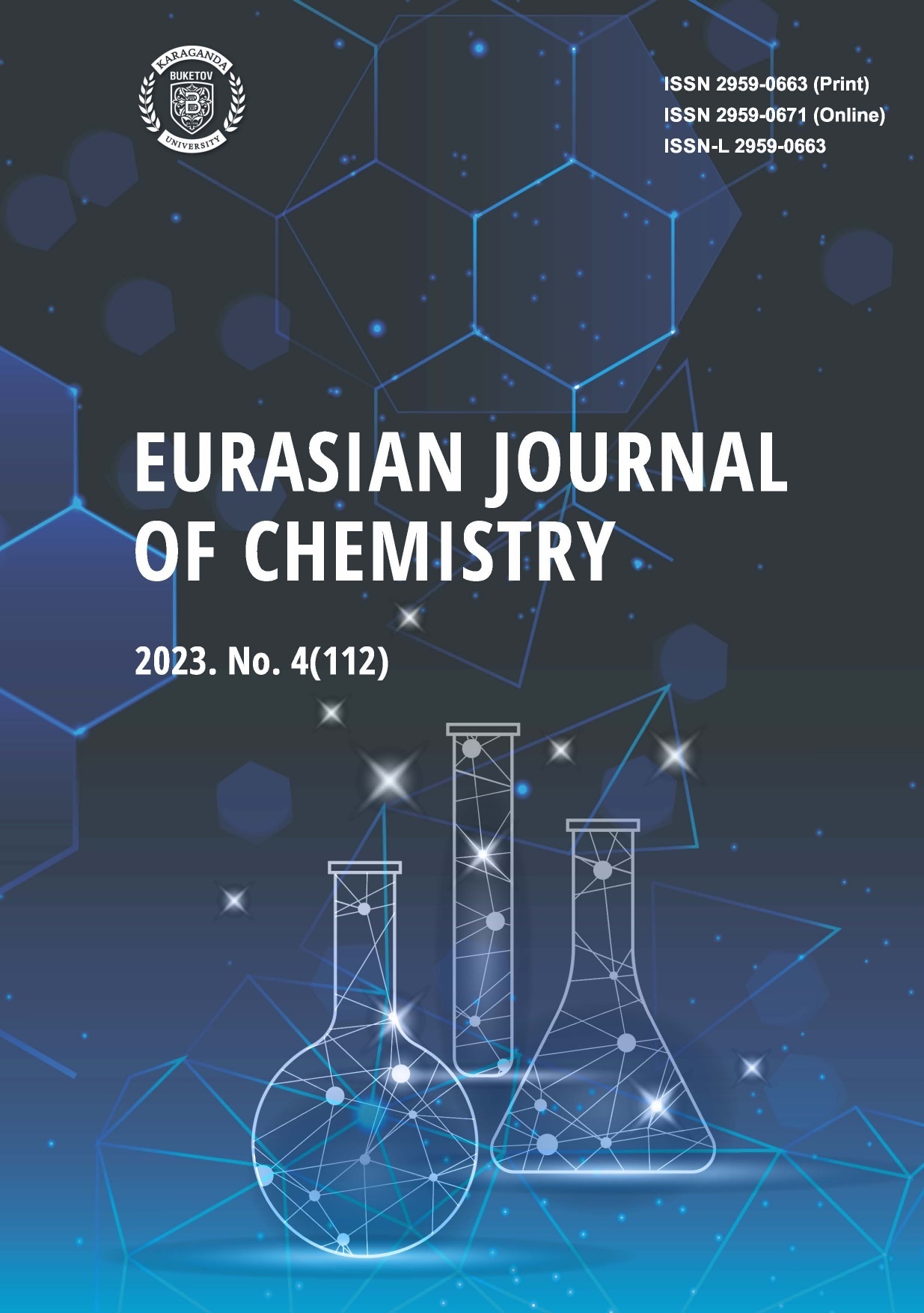Potential Inhibiting activities of Phytochemicals from Enantia chlorantia Bark Against Lactate Dehydrogenase: in Silico Approach
DOI:
https://doi.org/10.31489/2959-0663/4-23-2Keywords:
Lactate Dehydrogenase, Phytochemicals, Enantia chlorantia, In Silico, Malaria, Docking, Bark, DrugAbstract
Malaria is a serious ailment, and it remains a serious challenge for global health organisations. The establishment of unconventional drugs to fight this ailment has drawn the attention of several researchers. In this work, selected phytochemicals from Enantia chlorantia bark as potential anti-lactate dehydrogenase were investigated using in silico approach. A number of softwares were used in this study namely: Spartan 14 for optimization, Pymol for treating the downloaded receptor, Autodock tool for identifying the active site of the target, Autodock Vina for docking calculation and Discovery Studio visualizer for observing the non-bonding interaction of the studied complex. The calculated descriptors from the optimized Enantia chlorantia bark phytochemicals described their anti-lactate dehydrogenase activities. Compounds 2, 4, 9, 15, 16 and 17 demonstrated higher binding affinity (in terms of negativity) than other studied compounds and the reference drug (Quinine). This predicts that they have a higher ability to inhibit lactate dehydrogenase downregulate malaria. Also, (1R,4aS,8aS)-7-methyl-4-methylidene-1-propan-2-yl-2,3,4a,5,6,8a-hexahydro-1H-naphthalene (compound 15) showed higher values inhibition of lactate dehydrogenase than other studied compounds and reference drug Quinine. The developed quantitative structure-activity relationship model using binding affinity as a dependent variable proved to be predictive and this can help in the subsequent study.
Downloads
Published
How to Cite
Issue
Section
License
Copyright (c) 2024 EURASIAN JOURNAL OF CHEMISTRY

This work is licensed under a Creative Commons Attribution-NonCommercial-NoDerivatives 4.0 International License.
This work is licensed under a Creative Commons Attribution-NonCommercial-NoDerivatives 4.0 International License.
Authors retain copyright and grant the journal right of first publication with the work simultaneously licensed under a Creative Commons Attribution License (CC BY-NC-ND 4.0) that allows others to share the work with an acknowledgement of the work's authorship and initial publication in this journal.




